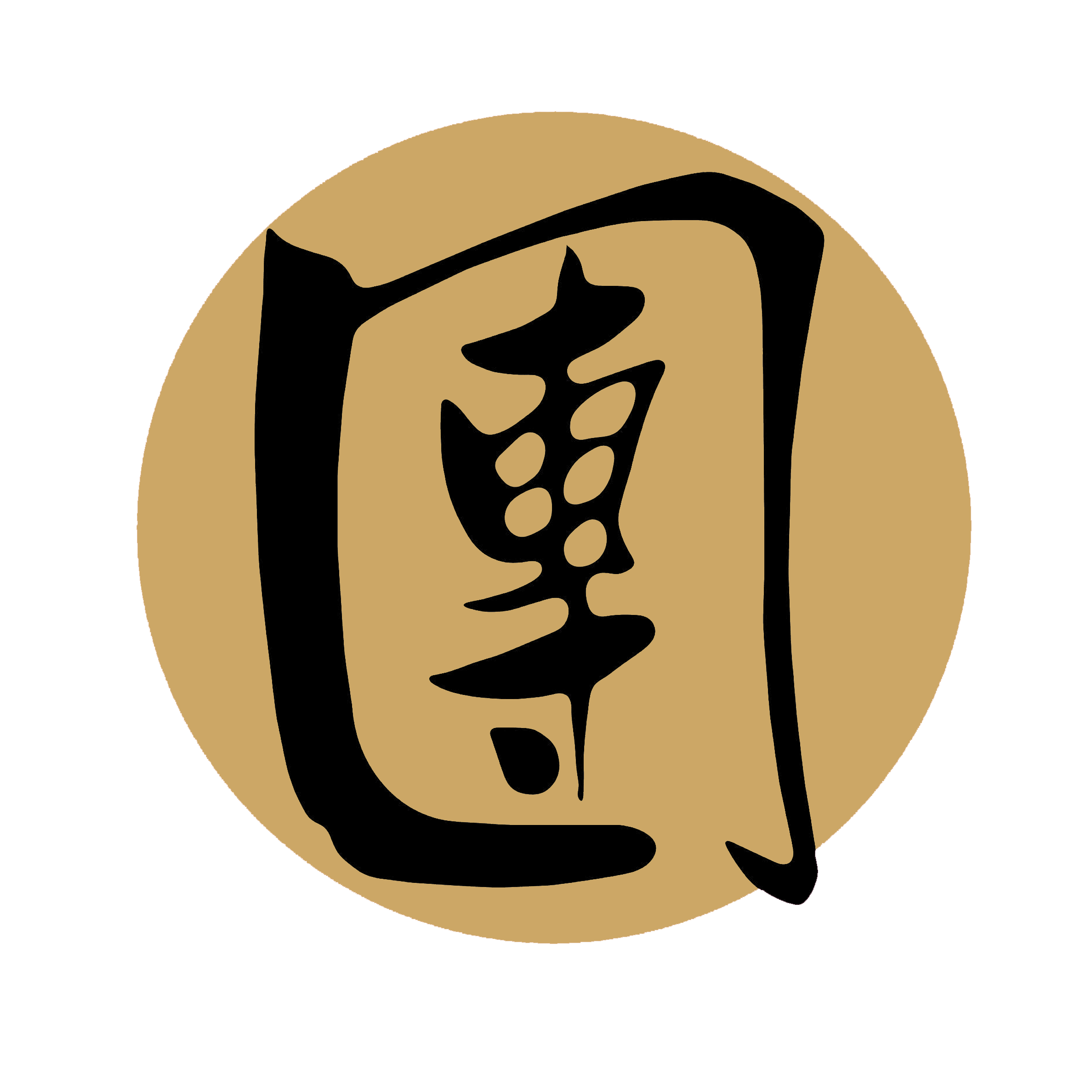53. Nop-kiu and Chi-kiu: Choy Li Fut Kung Fu Technique
Nop-Kiu and Chi-Kiu: Unlocking the Power of Bridge Hands in Martial Arts
Nop-Kiu and Chi-Kiu are two essential techniques in martial arts that focus on the effective use of bridge hands. These techniques, derived from traditional Chinese martial arts, provide practitioners with unique skills for both offensive and defensive purposes. In this article, we delve into the intricacies of Nop-Kiu and Chi-Kiu, exploring their applications, training methods, and the underlying principles that make them indispensable in martial arts practice. Nop-Kiu, also known as Hooking Outward Bridge, is a technique that emphasizes redirecting an opponent's force while maintaining control over their attacking limb.
By utilizing a hooking motion with the forearm, practitioners can effectively neutralize strikes and manipulate the opponent's movements. Nop-Kiu requires precise timing, agility, and sensitivity to anticipate the opponent's actions and respond with the appropriate hooking motion. Training in Nop-Kiu begins with developing a keen sense of touch and hand-eye coordination.
Practitioners engage in partner drills, focusing on the interception and redirection of strikes. By using their forearm to hook the opponent's limb, practitioners learn to control the opponent's force and create openings for counter-attacks. This training helps develop the necessary sensitivity to read an opponent's movements and react accordingly. As practitioners progress, they incorporate footwork and body positioning into their Nop-Kiu training.
Proper footwork allows practitioners to position themselves optimally to execute effective hooks, while body alignment and weight distribution provide stability and leverage during the technique. The integration of footwork and body mechanics enhances the effectiveness of Nop-Kiu, enabling practitioners to redirect and control the opponent's attacks with efficiency.
Chi-Kiu, also known as Sticky Hand, is a technique that focuses on maintaining contact and sensitivity with the opponent's limb. Practitioners use a relaxed palm to engage with the opponent's arm, disrupting their balance and facilitating the execution of various techniques. Chi-Kiu training emphasizes sensitivity, adaptability, and the development of "listening energy" to effectively respond to the opponent's movements. Training in Chi-Kiu involves a series of exercises and drills that enhance tactile sensitivity and hand-eye coordination. Practitioners engage in partner drills, maintaining constant contact with the opponent's arm while adapting to their movements.
Through these drills, practitioners develop the ability to "stick" to the opponent's limb, feeling and following their energy to maintain control and launch counter-attacks. Chi-Kiu training fosters the development of reflexes and the ability to adapt to changing situations. The applications of Nop-Kiu and Chi-Kiu extend beyond their individual techniques. When combined, they form a dynamic synergy that enhances a practitioner's overall combat skills. The hooking motion of Nop-Kiu can be seamlessly integrated into the sticky contact of Chi-Kiu, enabling practitioners to redirect an opponent's force while maintaining constant contact for effective control and counter-attacks.
The combination of these techniques provides practitioners with a versatile and adaptable arsenal for both self-defense and martial arts competitions. Beyond their practical applications, Nop-Kiu and Chi-Kiu embody essential principles in martial arts. They emphasize the importance of sensitivity, adaptability, and the cultivation of energy flow in combat. These techniques require practitioners to develop a deep understanding of energy dynamics, using touch and awareness to respond effectively to the opponent's actions. They also foster patience, discipline, and the ability to maintain composure in high-pressure situations.
In conclusion, Nop-Kiu and Chi-Kiu, the Hooking Outward Bridge and Sticky Hand techniques, are fundamental skills in martial arts that provide practitioners with unique abilities for offense, defense, and control. Through dedicated training and practice, practitioners can master the intricacies of these techniques, enhancing their tactile sensitivity, adaptability, and overall combat skills.
